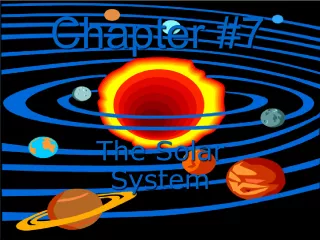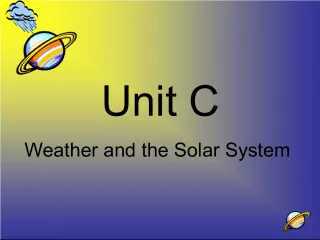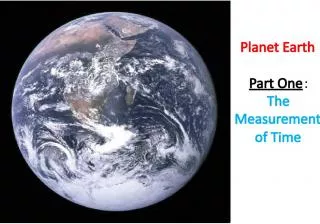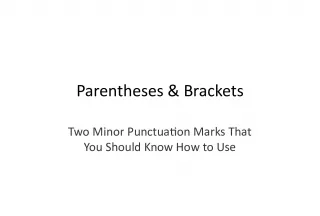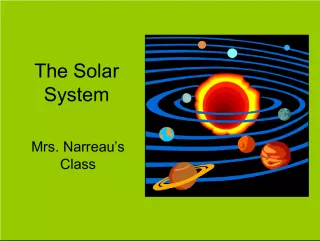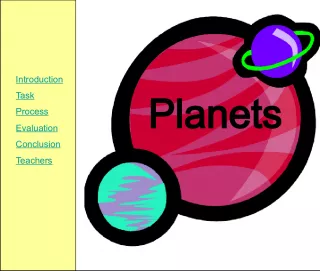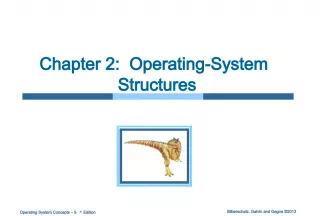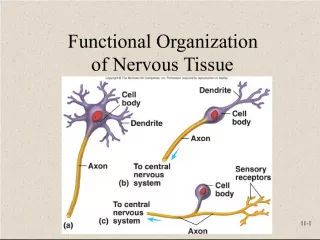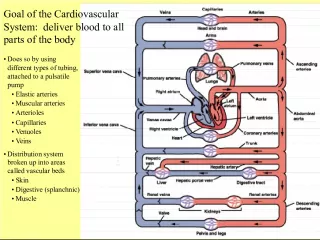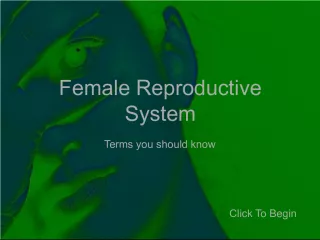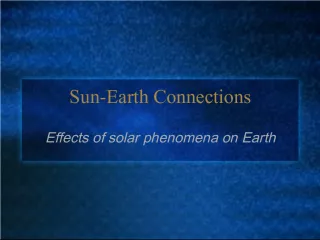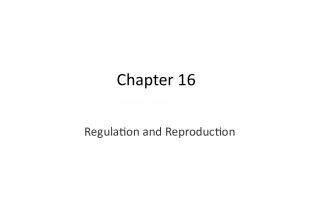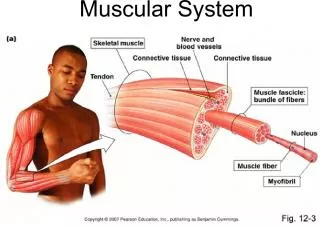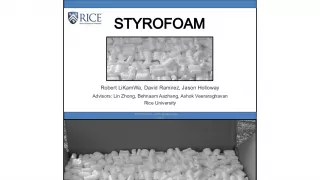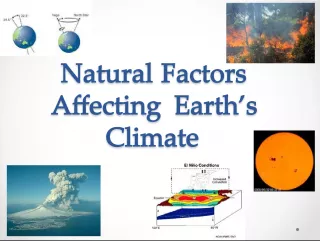"Minor Members of the Solar System: Asteroids"
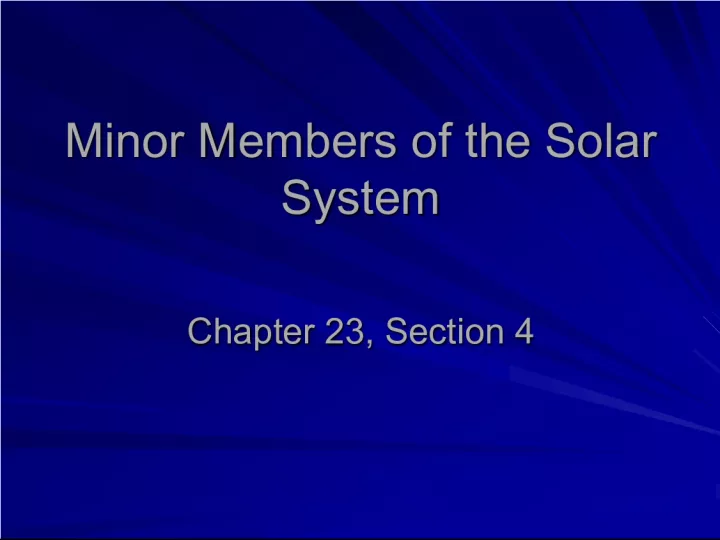

Learn about small rocky bodies with eccentric orbits & irregular shapes, believed to be remnants of a broken planet between Mars and Jupiter.
- Uploaded on | 1 Views
-
 miro
miro
About "Minor Members of the Solar System: Asteroids"
PowerPoint presentation about '"Minor Members of the Solar System: Asteroids"'. This presentation describes the topic on Learn about small rocky bodies with eccentric orbits & irregular shapes, believed to be remnants of a broken planet between Mars and Jupiter.. The key topics included in this slideshow are . Download this presentation absolutely free.
Presentation Transcript
1. Minor Members of the Solar System Minor Members of the Solar System Chapter 23, Section 4 Chapter 23, Section 4
2. Asteroids Asteroids Asteroid – small rocky bodies that have been likened to “flying mountains” Asteroid – small rocky bodies that have been likened to “flying mountains” Most asteroids lie between the orbits of Mars and Jupiter. They have orbital periods of 3 to 6 years. Most asteroids lie between the orbits of Mars and Jupiter. They have orbital periods of 3 to 6 years. Some have very eccentric orbits, a few regularly pass Earth and our moon Some have very eccentric orbits, a few regularly pass Earth and our moon Many asteroids have irregular shapes, and some planetary geologists believe the asteroids are fragments of a broken planet (pulled apart by the immense gravity of Jupiter) Many asteroids have irregular shapes, and some planetary geologists believe the asteroids are fragments of a broken planet (pulled apart by the immense gravity of Jupiter)
3. Asteroid Orbits Asteroid Orbits
4. Comets Comets Comets – pieces of rocky and metallic materials held together by frozen gases Comets – pieces of rocky and metallic materials held together by frozen gases Most comets travel in elongated orbits, taking them past Pluto and take hundreds of thousands of years to go around the sun. Most comets travel in elongated orbits, taking them past Pluto and take hundreds of thousands of years to go around the sun. Coma – glowing head of a comet, caused by the solar energy vaporizing frozen gases Coma – glowing head of a comet, caused by the solar energy vaporizing frozen gases A small glowing nucleus with a diameter of only a few kilometers can sometimes be detected within a coma. As comets approach the sun, some develop a tail that extends for millions of kilometers. A small glowing nucleus with a diameter of only a few kilometers can sometimes be detected within a coma. As comets approach the sun, some develop a tail that extends for millions of kilometers. The tail of the comet always points away from the sun, this is accounted for by the solar wind and radiation pressure The tail of the comet always points away from the sun, this is accounted for by the solar wind and radiation pressure
5. Comets Comets
6. Comet’s Tail Orientation Comet’s Tail Orientation
7. Beyond the Planets Beyond the Planets Kuiper Belt – where most short-period comets are thought to originate from, it is a belt of material orbiting outside the orbit of Neptune. Kuiper Belt – where most short-period comets are thought to originate from, it is a belt of material orbiting outside the orbit of Neptune. Oort Cloud – Unlike the Kuiper Belt comets, these comets have longer orbital periods and aren’t confined to the plane of the solar system. The Oort Cloud appears as a spherical shell of comets and other materials surrounding our solar system. Oort Cloud – Unlike the Kuiper Belt comets, these comets have longer orbital periods and aren’t confined to the plane of the solar system. The Oort Cloud appears as a spherical shell of comets and other materials surrounding our solar system.
8. Beyond the Planets Beyond the Planets
9. Meteoroids Meteoroids Meteoroid – a small solid particle that travels through space Meteoroid – a small solid particle that travels through space Most meteoroids originate from any one of the following sources: (1) interplanetary debris that was not gravitationally swept up during the formation of the solar system, (2) material from the asteroid belt, or (3) the solid remains of comets that once traveled near Earth’s orbit Most meteoroids originate from any one of the following sources: (1) interplanetary debris that was not gravitationally swept up during the formation of the solar system, (2) material from the asteroid belt, or (3) the solid remains of comets that once traveled near Earth’s orbit Meteor – meteoroids that enter Earth’s atmosphere and burn up, a “shooting star” Meteor – meteoroids that enter Earth’s atmosphere and burn up, a “shooting star” The light that we see is caused by the friction between the meteor and the air The light that we see is caused by the friction between the meteor and the air Meteorite – a meteoroid that reaches Earth’s surface Meteorite – a meteoroid that reaches Earth’s surface A few meteorites have blasted out craters on Earth’s surface A few meteorites have blasted out craters on Earth’s surface
10. Meteoroids Meteoroids
12. World Map of Major Impact Structures World Map of Major Impact Structures
13. The Age of the Solar System The Age of the Solar System How did scientists determine the age of the Solar System? How did scientists determine the age of the Solar System? They use radiometric dating to determine that the oldest meteorites found on Earth formed more than 4.54 billion years ago They use radiometric dating to determine that the oldest meteorites found on Earth formed more than 4.54 billion years ago Scientists believe that the composition of these meteorites is similar to the composition of other materials in the inner solar system during its formation Scientists believe that the composition of these meteorites is similar to the composition of other materials in the inner solar system during its formation The oldest moon rocks are believed to be ~4.5 billion years old The oldest moon rocks are believed to be ~4.5 billion years old The oldest known Earth rocks are found in Canada ~4 billion years old The oldest known Earth rocks are found in Canada ~4 billion years old
14. Age of the Solar System Age of the Solar System
15. Assignment Assignment Read Chapter 23, Section 4 (pg. 660-664) Read Chapter 23, Section 4 (pg. 660-664) Do Section 23.4 Assessment #1-6 (pg. 664) Do Section 23.4 Assessment #1-6 (pg. 664)

